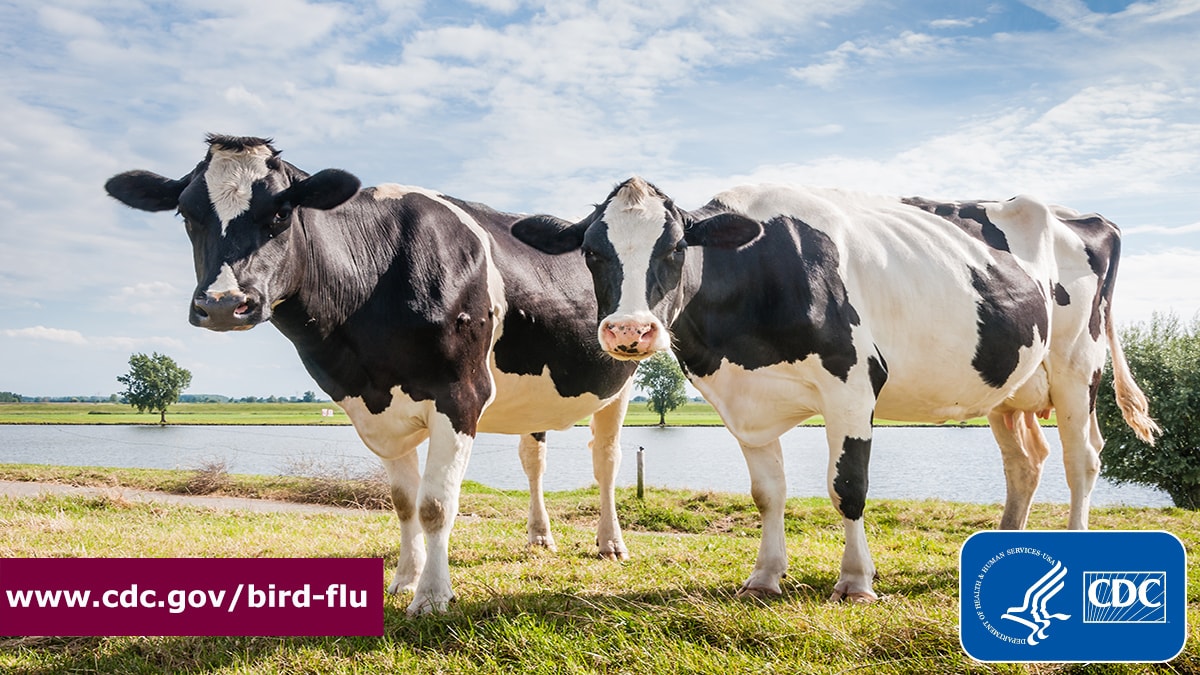
The Centers for Disease Control and Prevention (CDC) is preparing for a potential increased risk to human health from bird flu following an outbreak among dairy cows and two confirmed human cases in the United States. The first case was reported in a farm worker in Texas, while the second case was identified in a Michigan farm worker who had regular exposure to livestock.
As of May 26, more than 350 people have been monitored due to their exposure to infected or potentially infected animals. The CDC recommends avoiding close, long or unprotected exposures to sick or dead animals including wild birds, poultry, other domesticated birds and other wild or domesticated animals (including cows).
The virus from the human cases is a highly pathogenic avian influenza A(H5N1) virus. The CDC has interim recommendations for prevention, monitoring, and public health investigations of A(H5N1) virus infections in people.
Sixteen dairy cow herds in nine states have confirmed cases of A(H5N1) virus infection. The Michigan case was identified through daily monitoring of farm workers. Farm workers and those working in agriculture are at the highest risk of bird flu.
There is currently no evidence to show that bird flu is spreading from person to person, but it's important for public health officials to remain vigilant and proactive. The CDC continues to work with state partners, the U.S. Department of Agriculture (USDA), and other partners using a One Health approach.
The USDA has announced more support for dairy farms, including those that haven't been affected by H5N1 avian flu outbreaks in cattle. The agency is providing financial support, up to $1,500 per farm, for producers to develop and implement a biosecurity plan. Producers will also receive $100 for each producer to buy and use an in-line sample for their milk system.
Regarding animal testing, the USDA will reimburse producers for up to $2,000 in veterinary costs related to collecting samples for H5N1 testing. The USDA is also helping offset the cost of shipping samples to labs for testing, up to $50 per shipment as many as two times per month for each farm.
The CDC and its partners use multiple surveillance systems to monitor seasonal influenza and other illnesses and have specialized methods to detect and monitor new flu viruses. U.S. health officials are also in talks with messenger RNA vaccine makers about potential bird flu shots for humans.




